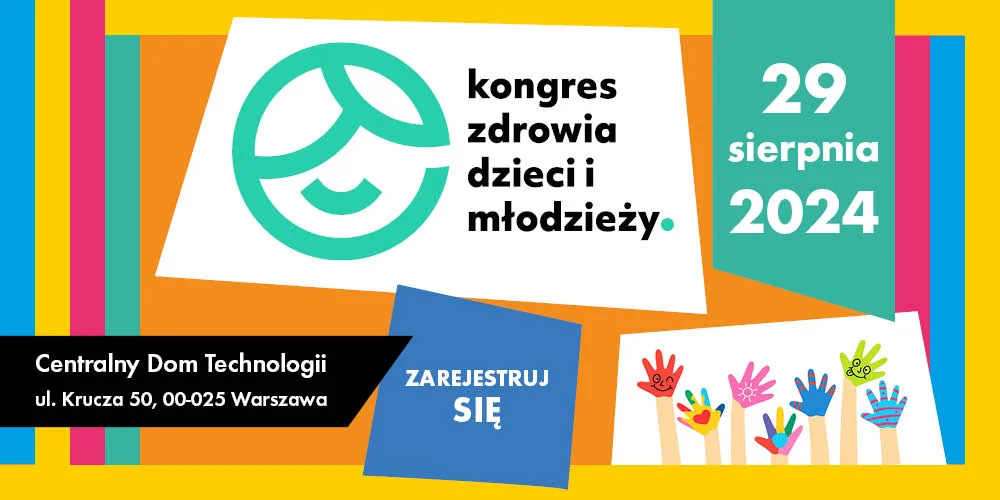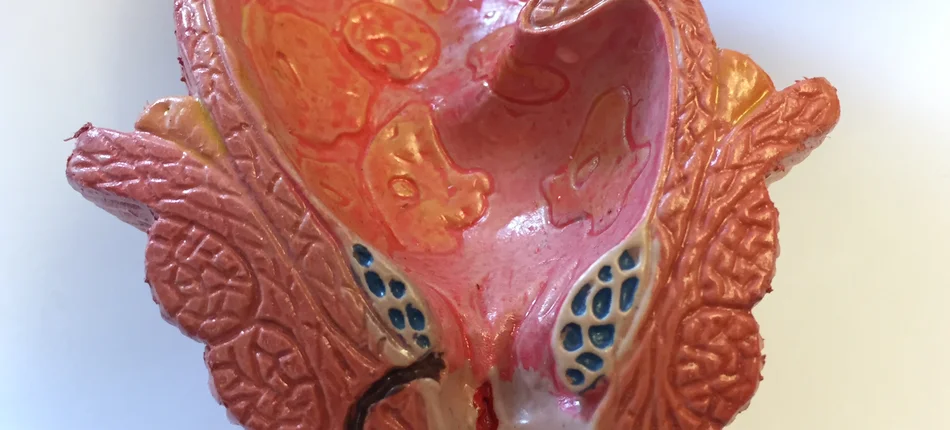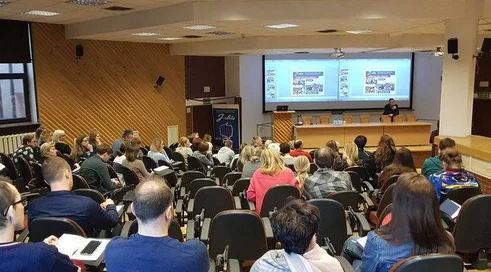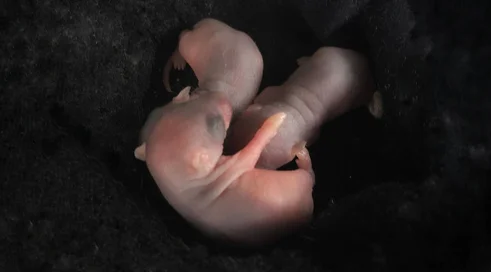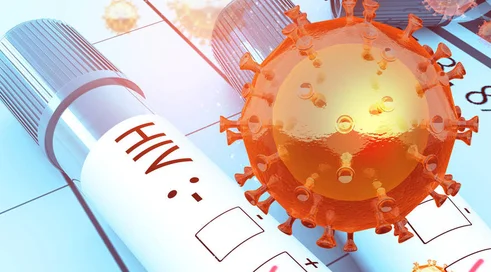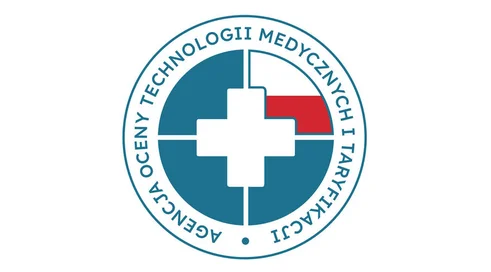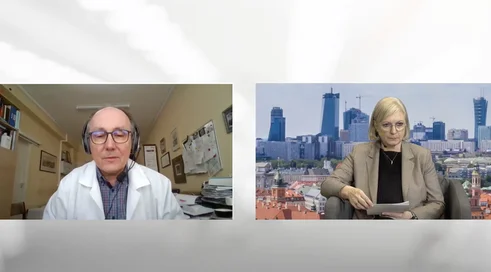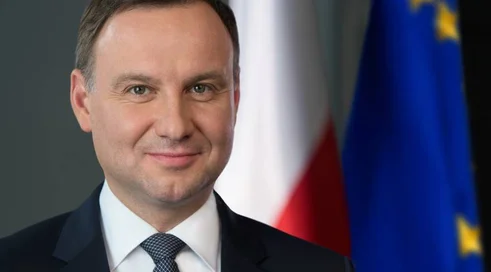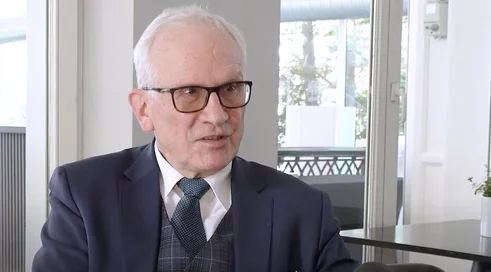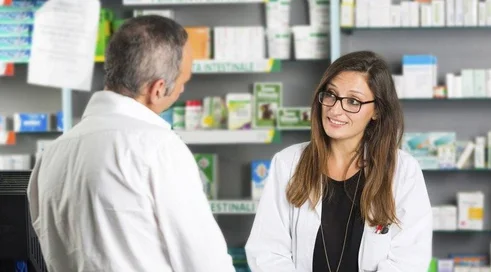We know that a perianal fistula is a pathological connection between the wall of the intestine and the skin of the anal area. We also know that it is one of the common and extremely physically, professionally and socially disabling complications of Crohn's disease. What are complex perianal fistulas and what impact do they have on a patient's life?
This is a situation in which we are dealing with more complicated fistulas, i.e. fistulas that have several external outlets, very large, extensive cavities, purulent conditions on their course or escape in a few places on the intestine, so they have several internal outlets. These are the kind of fistulas in which the scale of damage is much greater, and unfortunately this translates into the patient's functioning.
The formation of fistulas is accompanied by acute discomfort, such as pain, discomfort, a spreading sensation, difficulty finding a suitable place to sit or stand. These local discomforts also begin to be associated with leakage, secretion of contents. This is often stool content, which is not only extremely embarrassing and aesthetically difficult for the patient, but also leads to constant irritation of the skin and perineal area. The last set of complaints are septic conditions, a prolonged inflammat...
Content locked
To gain access to the complete English section of the Medexpress.pl, kindly reach out to us at [email protected].




